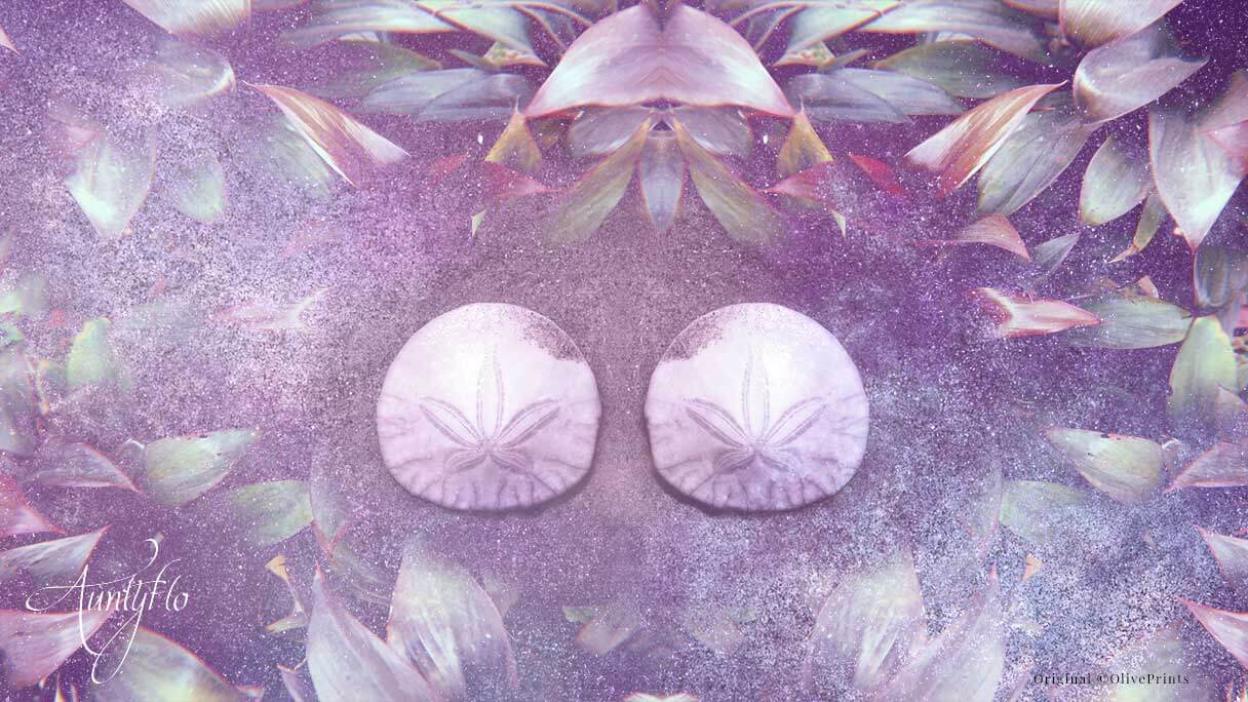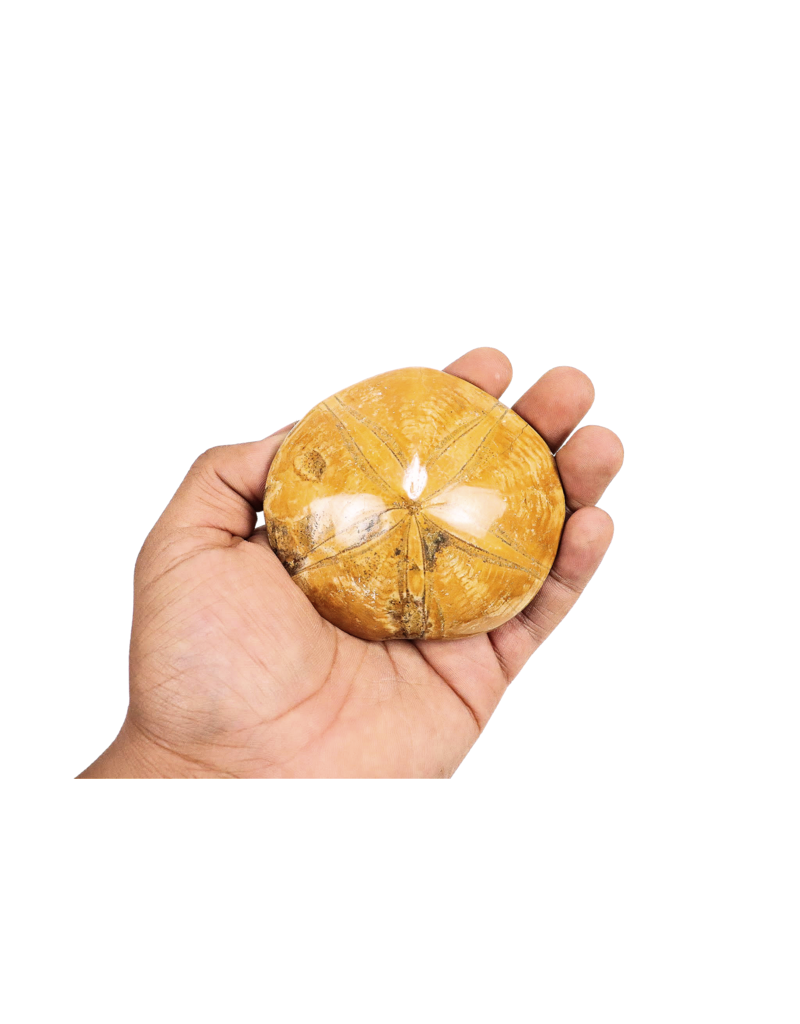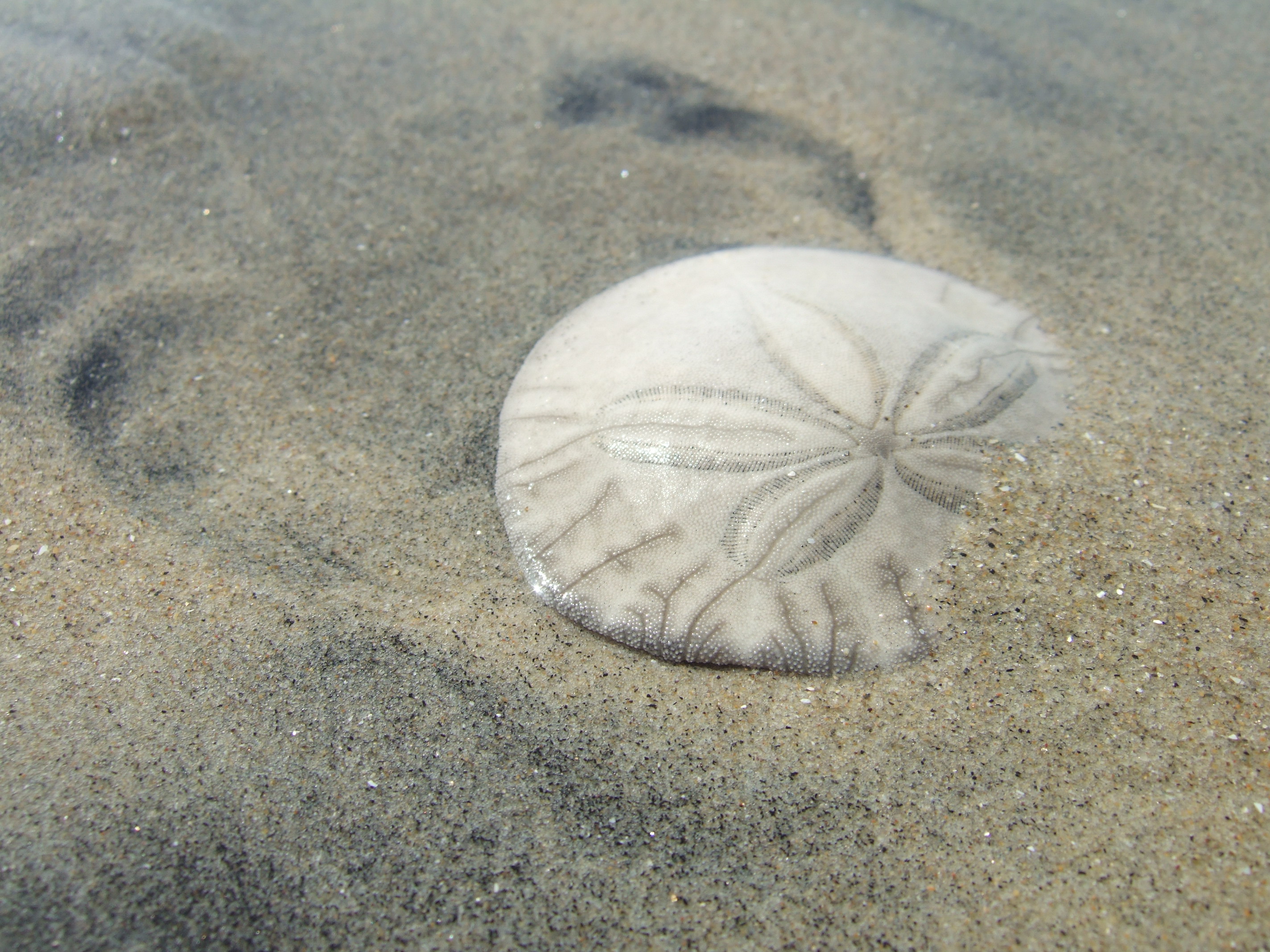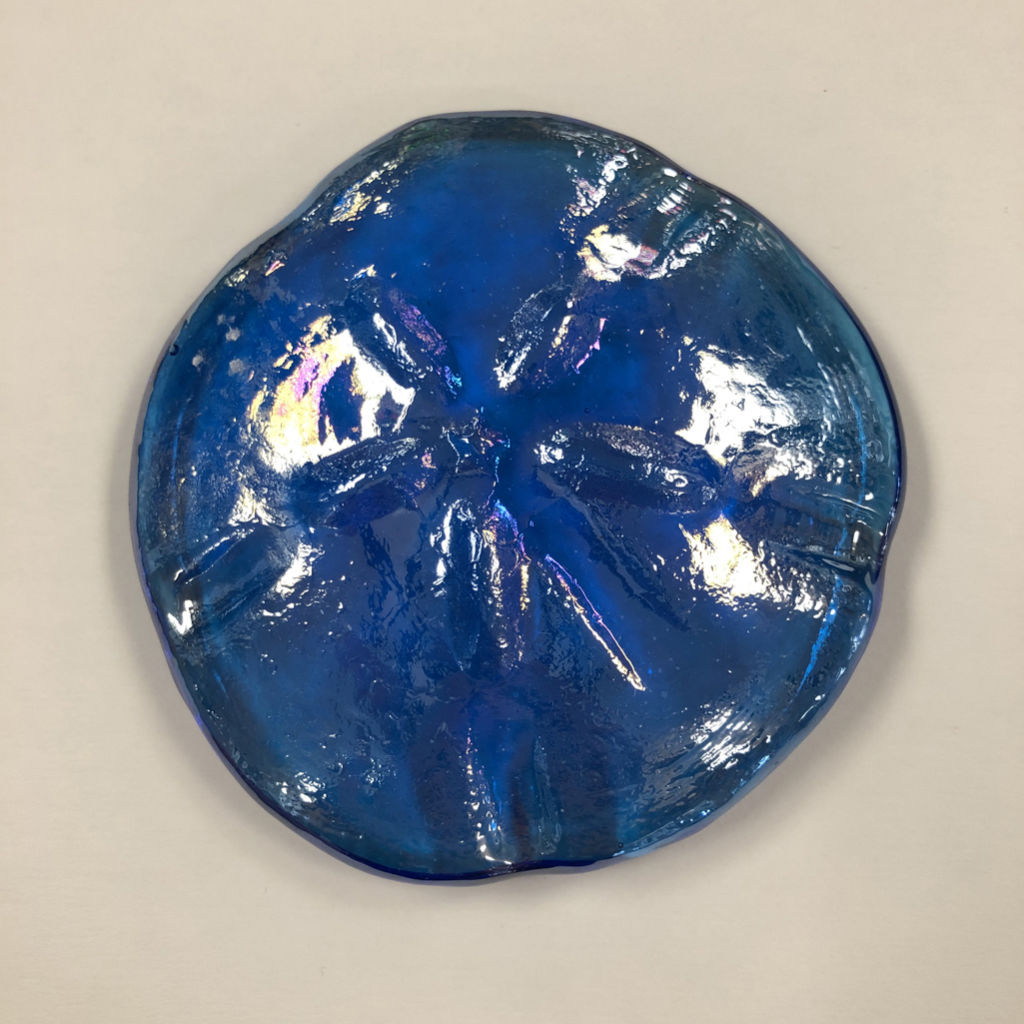
Sand Dollar Awaken your magick powers
Common colorations of sand dollars are gray, dark purple, pink, red, and charcoal. The tube feet help with everything from feeding to motion, to drawing oxygen from the surrounding environment. Sand dollars have two sides, one that contains the mouth and one that does not.

Parkay Flush Stair Nose Sand Dollar Masters Building Products
(also known as snapper biscuits New Zealand pansy shells) are species of flat, burrowing sea urchins belonging to the Clypeasteroida. Some species within the order, not quite as flat, are known as sea biscuits. Sand dollars can also be called "sand cakes" or "cake urchins". [2]

Perfect Sand Dollar Isolated On Black Stock Photo Download Image Now iStock
Origin. Pool Party 2023. Adopt Me!, the ultimate pet adoption Roblox game enjoyed by a community of millions of players across the world.

All Products Page 2 Project Bead™
As many as 625 sand dollars can live in one square yard (.85 sq m). California sheephead, starry flounders and large pink sea stars prey on the sand dollar. When threatened by pink sea stars, a sand dollar buries itself under the sand. Observers have seen a pink sea star leave a wide path of buried sand dollars as it moves across a sand dollar bed.
Dead or alive? 3 ways to spot the difference between a live sand dollar and souvenir Charlotte
Description Living animals of the common sand dollar (Echinarachnius parma) species are generally sub-circular, measuring approximately 2-4 inches across, and are coated with spines that are purple, reddish-purple or brown in color.

Parkay Multipurpose Sand Dollar Masters Building Products
A Red Sand Dollar will be on a pedestal to the left, and a White variant can be found on the right. While they are seated separately from each other, these two Pets are actually a single premium.

Pin by Cottage Gardens.... (Melo on santa fe in colors Painted sand dollars, Sand dollar
Sand dollars are primarily found in tropical coastal regions of the Pacific, Atlantic, and Indian Ocean. They live on sandy and muddy ocean floors mostly in low subtidal zones of protected bays but also in deeper waters up to 40m (131 feet).. If you find a living sand dollar with a color ranging from dark brown to purplish-red, make sure you.

Quarter Round Laminated Sand Dollar Masters Building Products
1. Sand Dollars Aren't White When They're Alive Stuart Westmorland / Getty Images Most people see sand dollars only after they've deceased. Those white "shells" found along the beach are.

Sand dollar alive YouTube
A living Sand Dollar at the bottom of the ocean (left) and a dead Sand Dollar shell commonly found at the beach (right) How to Identify Live Sand Dollars To determine if a sand dollar is alive, examine these key characteristics: A live sand dollar will have a dark color such as brown, purple, or red, while a white or tan color indicates it is dead.

Sand Dollar Facts and Beyond Biology Dictionary
Nature animals PUBLISHED January 10, 2023 What Are Sand Dollars And Why Should You Leave Them On The Beach? If you can't find any sand dollars you're probably at the wrong sand bank..

Red sand dollar Sea urchin shell, Sea shells, Wallpaper shelves
The sand dollars scattered over Ocean Beach are a species called Dendraster excentricus, and a few things set them apart from the 150-or-so other sand dollar species currently living across the.

Sand Dollar Large Mama's Minerals
Encouraging adult sand dollars to spawn (release their eggs and sperm) allows us to see who's who — eggs come out red and sperm comes out white. After spawning, Christy collects sperm and fertilizes eggs. A fertilized egg quickly begins to divide and grow. Over the course of several weeks, it sprouts arms: first two, then four, six, and.
/AQ0873-001-56a5f7363df78cf7728abe46.jpg)
Sand Dollar Facts and Information
Sand dollar is the common name for sea urchins in the order Clypeasteroida, who are relatively flat and burrow in the sand. It's actually really easy to tell if a sand dollar is alive or if what you've found is just its "test," or bony skeleton.

Sand Dollars from Heaven StrengthCourageBelieve
Pacific sand dollars are found along the Pacific North American coast from southern Alaska to Baja, California. ( Mooi, 1997; Pilkey and Hower, 1960) Biogeographic Regions nearctic native pacific ocean native Habitat Pacific sand dollar colonies inhabit nearshore, fine sand bottoms on level terrain.

3D Sand Dollar Turquoise Irridized Glass House Store
The small spines will fall off quickly after the animal dies. Check the color. Sand dollars are grey, brown or purplish when they are living. When a sand dollar dies, the color fades and the skeleton becomes very white.

Sand Dollar December 30th, 2004 Sand dollars are of the p… Flickr
Japanese Sea Biscuit ( Clypeaster japonicus) The Japanese sea biscuit was first described in 1885 by a German zoologist named Ludwig Heinrich Philipp Doderlein. With a length of around 5 inches, it is one of the largest sand dollars and can be found in the waters around Japan, typically at ranges up to 160 feet.